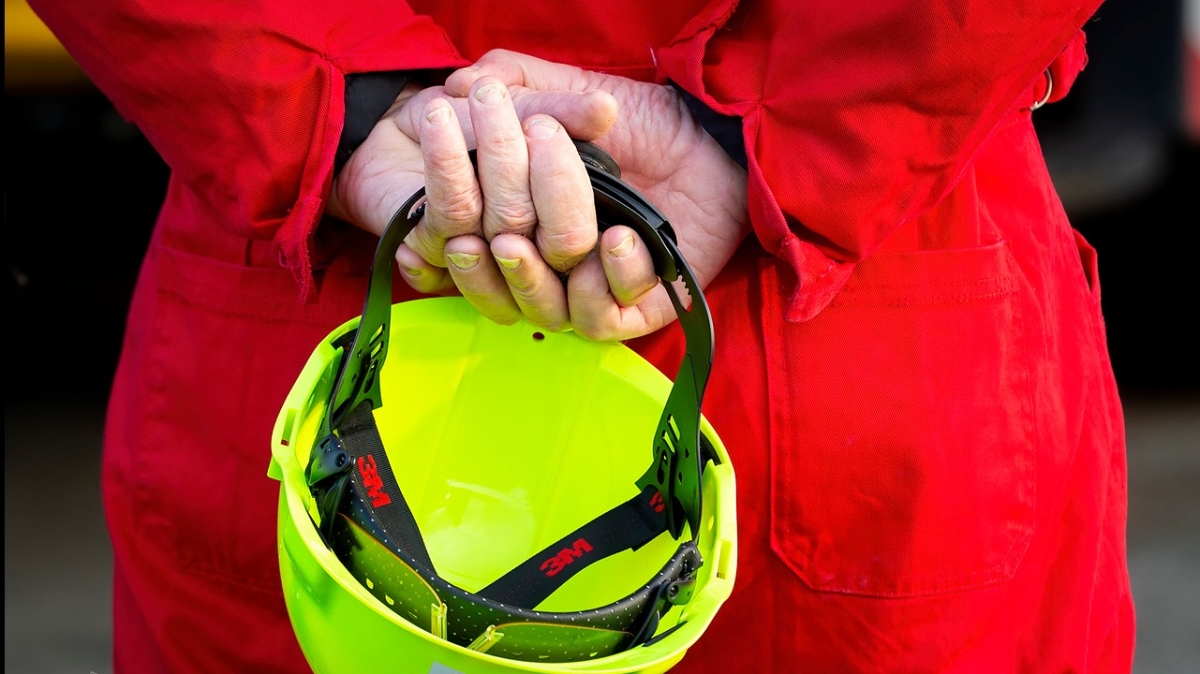Unemployment
25. Aug 2025
Unemployment at 1% in July

Unemployed people are registered as unemployed with the Faroese unemployment system and the social welfare services, fully available to the labour market and actively seeking work.
The unemployment rate reached 1% in July, 0.1 percentage points less than the same month in the previous year.
[px-graph-1]
A full-time unemployed person is defined as one who is unemployed throughout a full month. If two persons are affected by unemployment for half a month each, they are converted to one full-time unemployed person for the month in question.
In July the full-time unemployment was 311 persons, 41 fewer than in July 2024. In total 356 persons were affected by unemployment, which are 32 fewer than the same month the year before.
[px-graph-2]
Lower unemployment rate for women
In July, 133 women were affected by unemployment, 42 fewer than in July 2024. The full-time equivalent of this figure is 118, corresponding to an unemployment rate of 0.8%, down 0.3 percentage points from July 2024.
223 men were affected by unemployment, 10 more than in July 2024. Men’s unemployment rate was 1.2% in July, with 193 full-time unemployed men. This is 0.1 percentage points higher than the same month in the previous year.
[px-graph-3]
Lowest unemployment in Norðoyggjar region
The map below shows unemployment rates by region. In July, Norðoyggjar region had the lowest unemployment rate at 0.6%, which is 0,3 percentage points lower than July in the previous year. Suðuroy had the highest rate at 2.5%, which is unchanged compared to July last year.
More regional statistics on unemployment are found here: Norðoyggjar region, Eysturoy region, Streymoy region (north), Streymoy region (south), Vágar region, Sandoy region, Suðuroy region
[px-graph-4]
Lowest unemployment in youngest age group
The highest unemployment rate in July (1.5%) was registered in the 25-34 age group. The lowest rate (0.7%) was in the 16-24 age group, being 0.5 percentage points lower than July last year.
[px-graph-5]
13% are long-term unemployed
The graph below shows how long people have been affected by unemployment. The largest group of unemployed people in July (118 persons, or 33% of all unemployed people) were those who have been out of work for between 30 and 89 days.
In July, 45 persons (13% of all unemployed people) were long-term unemployed. This means that they have been out of work for more than a year (365+ days). 9 more persons were long-term unemployed compared to July last year, when the proportion of long-term unemployed people stood at 9%.
[px-graph-6]
Unemployment as a statistical concept
Statistics Faroe Islands and other statistics agencies across the world use the definitions of unemployment given by the International Labour Organisation (ILO), which is a United Nations agency.
According to this definition, the unemployment rate reflects the proportion of the labour force that does not have a job, is available to the labour market and is actively looking for work.
Statistical scope for unemployment figures
The source of the unemployment figures are individuals who are registered with the unemployment office (ALS) and the social welfare centre (Almannaverkið) and who meet the criteria mentioned above. The sources, and thus Statistic Faroe Islands’ unemployment figures, only cover people aged 16-66.
In order to make international comparisons, the unemployment figures from the Labour force survey must be used.